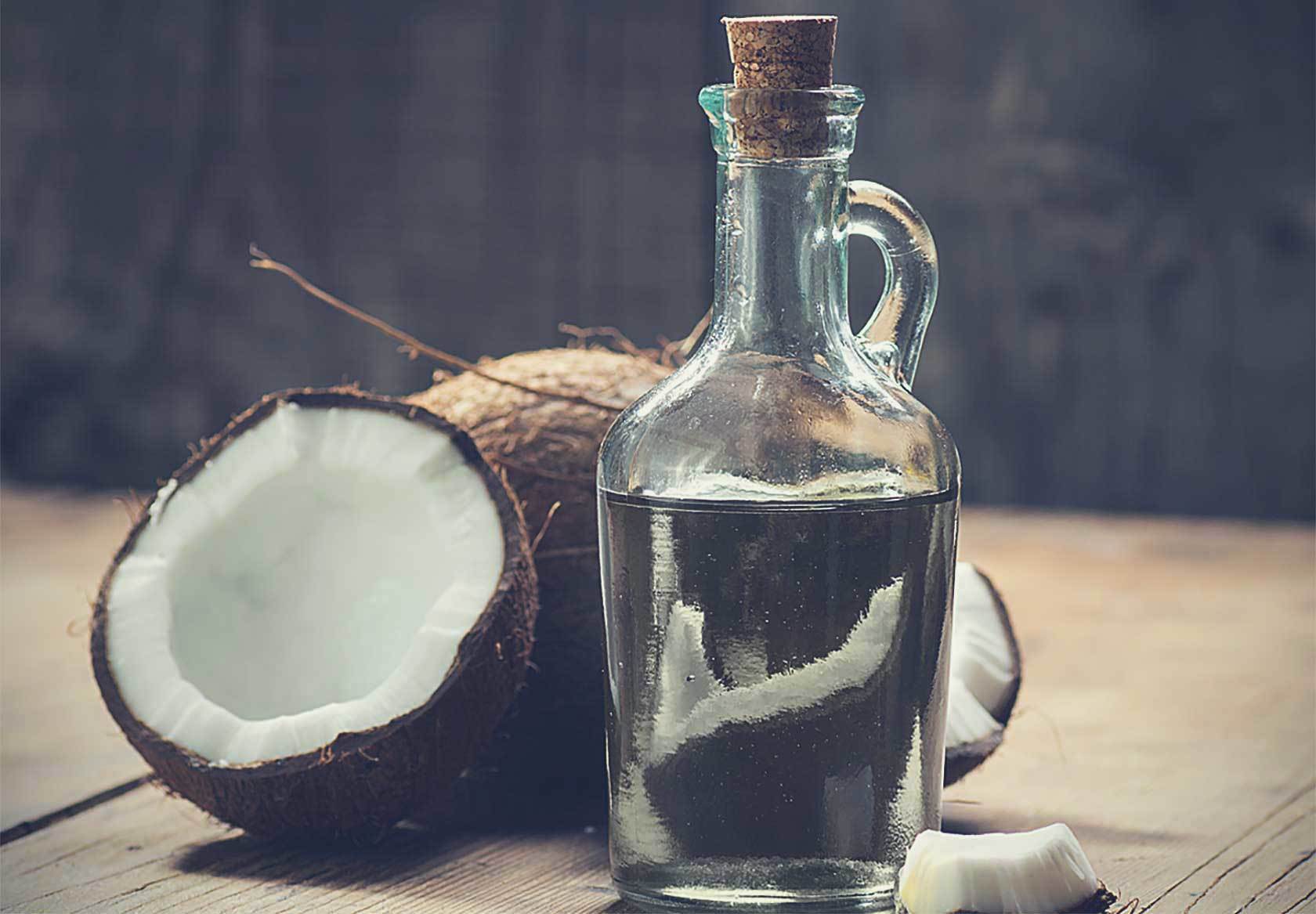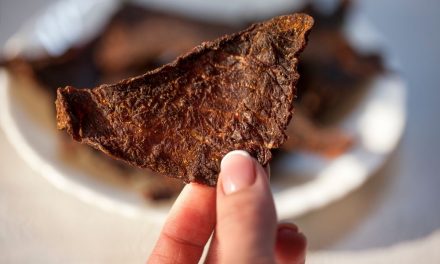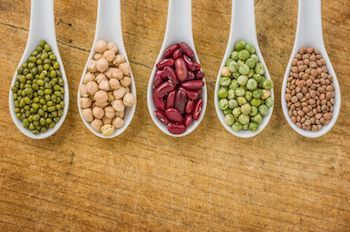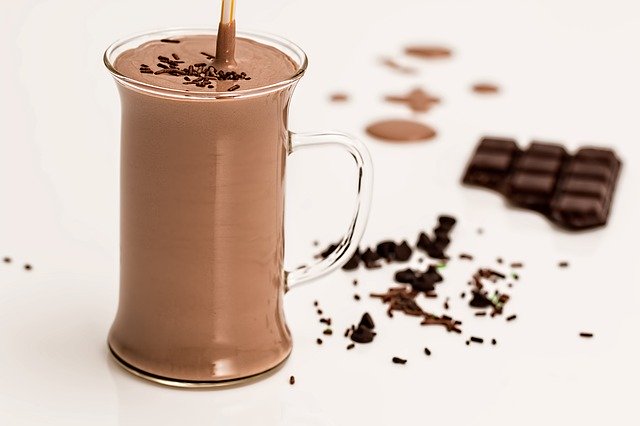Ketosis and ketones are some of the most popular health topics right now. As more and more scientific research supports ketosis and ketones, their popularity will continue to rise.
What some people don’t realize is that ketones are not present in food. They are actually produced when fats are broken down in the mitochondria of your liver cells.
Is it possible to naturally increase the ketone levels in your body? This article will help you sift through the facts and the myths so you can understand how to increase ketones naturally.
How Can You Increase Ketones Naturally?
- Consume fewer carbs
- Increase your intake of healthy fats
- Use coconut oil for cooking
- Consume an adequate amount of protein
- Increase your physical activity
- Try intermittent fasting
Becoming a fat burning machine is not an easy task. But using the right hacks and consuming the right food will ensure you melt fat like ice cream on a sunny day. Let’s dig in!

1. Consume Fewer Carbohydrates
Consuming fewer carbohydrates is by far one of the best ways to achieve nutritional ketosis naturally. Usually, your cells use glucose, or sugars, to fuel themselves.
However, there is an alternative fuel: fats.
As fats break down, they release ketones which your body uses to fuel itself.
The human body is designed to store carbohydrates as glycogen in the liver and muscles. As soon as the carb intake becomes very low, glycogen reserves start to deplete and the levels of insulin in the blood are reduced. This leads to the release of fatty acids from fat reserves in the body.
The liver then converts these fatty acids into beta-hydroxybutyrate, acetoacetate, and acetone–collectively called ketone bodies. These ketone bodies are burned for fuel by many organs including the brain.
The level of carbohydrate intake to induce ketosis is somewhat individualized. Some people are advised to limit their net carbs (total carbohydrates minus fiber) to 20 grams per day, while others are restricted to 30-40 grams of carbohydrates daily.
This is the reason why the Atkins diet advises individuals to restrict their carbs to 20 or fewer grams per day for two consecutive weeks. This is to ensure that ketosis has been achieved. Once you have successfully achieved ketosis, small amounts of carbs can be added back as long as the state of ketosis is not disturbed.
A week-long study confirmed that obese patients with type 2 diabetes who restricted their carbs to 21 or fewer grams per day secreted 27 times the normal amount of urinary ketones usually secreted in the urine.
Another study conducted on patients with type 2 diabetes allowed them to eat 20 to 50 grams of carbohydrates per day. This allowed them to maintain their blood ketone levels between 0.5 to 3.0 mmol/liter.
This carb intake and blood ketone ranges are perfect for those who want to attain ketosis naturally, increase weight loss, keep blood glucose in check, or promote their heart health.
On the other hand, therapeutic ketogenic diets for epilepsy or various cancers often reduce carb intake to less than 5% of calories or less than 15 grams of carbs per day to enhance ketone levels. It must be noted here that these therapeutic benefits of the ketogenic diet are still under experimentation, and no safe limits have yet been determined.
Using the ketogenic diet for such purposes must be done in controlled circumstances and under the supervision of a medical doctor.
2. Consume More Healthy Fats
Consuming lots of healthy fats can enhance your ability to reach ketosis faster and to attain a required amount of ketones in the blood. A ketogenic diet not only reduces the amount of carb intake, but it also increases the number of fats consumed.
Ketogenic diets used for weight loss, good metabolic health, and performance boosting generally attain 60-80% of energy from healthy fats. The conventional ketogenic diet for epilepsy contains even more fats, typically gaining 85-90% of energy from fat.
However, increasing fat intake does not necessarily mean increasing ketone levels. A three-week study compared the effects of fasting with various amounts of fat intake. Breath analysis of ketones showed that people consuming 79% of fats had an equal amount of ketones compared to those taking in 90%.
It is vital that a person opting for a ketogenic diet choose healthy fats from high-quality sources only. Also, there are many high-fat, healthy foods that can increase the chances of getting into ketosis without over-consuming fats.
If the goal of ketogenesis is weight loss, consuming too many calories can translate into stalled weight.
3. Consume More Coconut Oil
Simply put, coconut oil enhances ketosis.
It is rich in fats known as medium-chain triglycerides (MCTs.) Unlike other fats, MCTs are readily absorbed and transported to the liver directly. Then they are burned immediately for energy or converted to ketones. Dieticians render coconut oil as one of the best ways to increase ketones in people dealing with Alzheimer’s or other neurological diseases.
Coconut oil is rich in four types of MCTs; however, 50% of its fat is made of a type known as lauric acid. Scientists have proven that sources of fat rich in lauric acid have more potential to induce ketosis because lauric acid can be metabolized more easily than other MCTs.
MCTs are so powerful that they have been used for induction of ketosis in children suffering from epilepsy even without restricting any carbs. It is safe to assume that these fatty acids are as potent as any ketogenic diet. Evidence suggests that following an MCT-rich diet that derives 20% of its calories from carbohydrates mimics the effects of the conventional ketogenic diet which restricts you to take in less than 5% of carbohydrate-derived calories.
Make sure you add coconut oil to your diet in a gradual fashion in order to reduce side effects such as stomach cramps and diarrhea. Take one teaspoon per day in the beginning, and gradually increase the dose to 2-3 teaspoons per day over a period of one week.
See our guide on the best MCT Oils
4. Consume an Adequate Amount of Protein
Laws of achieving ketosis require you to embrace diets that are adequate–but not excessive–in protein. The ketogenic diet for epileptic patients consists of minimal amounts of both carbs and proteins to ensure adequate levels of ketones. The same diet can prove beneficial for cancer patients too as it limits tumor growth.
However, people not suffering from such diseases should not cut off their proteins. It isn’t a healthy practice as the liver needs proteins to make glucose.
The liver breaks down proteins into amino acids and uses them to produce glucose through a process known as gluconeogenesis, or production of brand new glucose molecules. This process enables your cells and organs, which are unable to use ketones for fuel, to get glucose and burn it for fuel. Such cells and organs include red blood cells and some parts of the kidney and brain.
Furthermore, during weight loss, the consumption of protein must be enough to maintain a healthy muscle mass. As weight loss involves a reduction in the body’s fat and protein reserves, it is wise to maintain sufficient intake of protein so that the muscles are not harmed.
Research has proven that muscles can be preserved and physical performance can be enhanced if the daily intake of protein is within the range of 0.55–0.77 grams per pound (1.2–1.7 grams per kilogram.) Studies overlooking the weight loss properties of the ketogenic diet also recommend consuming proteins within this range.
Another study observing the effects of a ketogenic diet on 17 obese men showed that if the individuals accrued 30% of their calories from proteins, attaining blood ketone levels of 1.52 mmol/L became much easier. This level is well within the range of 0.5-3.0 mmol/L required for nutritional ketosis.

5. Try Intermittent Fasting
Another way to induce ketosis is to opt for fasting. It is common for most people to see a surge of ketones in the blood between dinner and breakfast time because they are fasting during this period.
Children suffering from epilepsy are usually asked to fast for 24-48 hours before they can begin a ketogenic diet. This is done in order to ensure ketosis is achieved sooner than expected.
Intermittent fasting is a dietary approach that induces ketosis through the help of regular and short-term fasts.
Fat-fasting is another approach that is gaining momentum. It involves taking in about 1000 calories per day where 85-90% of these calories come from fats. This combination of low-calorie and high-fat intake is a perfect way to achieve ketosis naturally and quickly.
A study conducted in 1965 reported that people following a fat fast experienced an increased weight loss. While recent studies have proved these results to be over-exaggerated, these cannot be regarded as completely inaccurate.
With a fat fast, you minimize your intake of proteins and calories drastically. It should not be followed for more than 3-5 days as, otherwise, you can suffer from muscle wasting and loss of muscle bulk. It may even be difficult to observe a fat fast for more than a couple of days.

6. Increase your Physical Activity
There is an increasing amount of data that ketones can enhance athletic performance including endurance exercises. Additionally, indulging in physical activities can also help achieve ketosis at a much faster rate.
As you exercise, you are depleting your body of its glycogens reserves. Usually, they can be replenished easily as you increase your carb intake. However, if the intake of carbohydrates is less, glycogen reserves also get minimized. This leads to the production of ketones by the liver which can be used by the body as an alternate source of energy.
Research suggests that exercise enhances the production of ketones especially if the number of ketones already present in the blood is low. However, if the ketones are already present in high concentrations, exercise does not increase their production and may even reduce it for a limited period of time.
Nevertheless, combining exercise together with fasting has proven to increase ketone levels for a long time.
A small study asked nine women to work out as they preferred–either before or after a meal. After checking their blood ketones, it was found out that their ketone levels were 137-314% higher when they worked out before a meal, as compared to after a meal.
Working out tends to enhance ketosis; however, it may take one to four weeks for the body to get adapted to using ketones and fatty acids as the primary source of energy. During this transition phase, the body may reduce its physical performance which is totally normal.
How Do You Know You’re in Ketosis?
Just like every other diet, you want to see the results on the scale and in the fit of your jeans. You want to feel enhanced energy, better cognition, and many other positive wellness benefits. In order to ensure you are in a state of nutritional ketosis, you’ll have to do to a bit of monitoring.
Checking ketones in blood and urine can provide a good image of how well your body is using fats for calories. The goal of this eating regimen is to achieve and maintain ketosis by providing a sufficient amount of healthy fats and other nutrients.
A blood test can measure the amount of acetone and beta-hydroxybutyrate in your bloodstream. It is by far the best and most accurate way to check whether or not you are in a state of ketosis. However, the downside to this test is that you’ll have to prick your finger every time you want to do a ketone reading.
If pricking your finger is not for you, you may want to switch to the urine analysis by using urine ketone test strips. These strips usually measure acetoacetate and are generally more economical, effortless, and noninvasive. However, the downside is that the urine test only becomes positive when the ketones in your body are present in excess.
There’s a lot to be said about ketone testing; but if you are feeling enhanced cognition, increased levels of energy, and bolstered libido, chances are you are on the right track.
Related Questions
How much time does it take to get into ketosis?
It normally takes two to three days to get into a state of ketosis but only if you are successful in staying within the optimal net carbohydrate limit. However, it is certainly possible to speed up this rate by working out and becoming more physically active in order to deplete the glycogen stores in the body. Just stick to the plan, and in less than a week, you will find yourself in ketosis.
How often should I eat to maintain ketosis?
Remember that you do not need to starve your body in order to maintain a state of ketosis. While conventional wisdom advises eating regularly in smaller portions, the best approach is to avoid eating for two to three hours.
You are allowed to eat whenever you feel hungry but make sure you are not becoming ravenous. If you do not have time to eat a proper meal, snacking can be an option as long as it does not mess with your daily carb intake. Some of the best snacks that do not affect ketosis include a piece of dark chocolate, a handful of nuts, or a piece of avocado.
Is alcohol allowed?
It is better to avoid alcohol, at least for the first few months. Although pure forms of alcohol do not have any carbs, drinking it can slow down the process of weight loss. Your body does not have the capacity to store alcohol in the form of fat and is forced to metabolize it. As soon as you drink alcohol, your body starts using it for energy instead of fats and ketones which can eventually throw you out of ketosis.
What kind of fats should I eat to increase ketosis?
As mentioned before, eating fats will help your body transition to ketosis in a much faster and easier way. However, this effect can only be achieved if you focus on healthy fats such as:
- Egg yolks, fatty meat, ghee, or butter
- Extra virgin olive oil, coconut oil, macadamia nut oil, or avocado oil
- Nut butter and fatty nuts (in moderation)
- Plant-based fats such as coconut butter, olives, and avocados.
Conclusion
Getting into ketosis is quite simple and completely natural. Come up with a plan and stick to it. Tips such as cutting back your carbs, eating healthy fats and proteins, loading up on coconut oil, and exercising will make it happen quicker and more easily.
Best of luck on your keto journey!

















